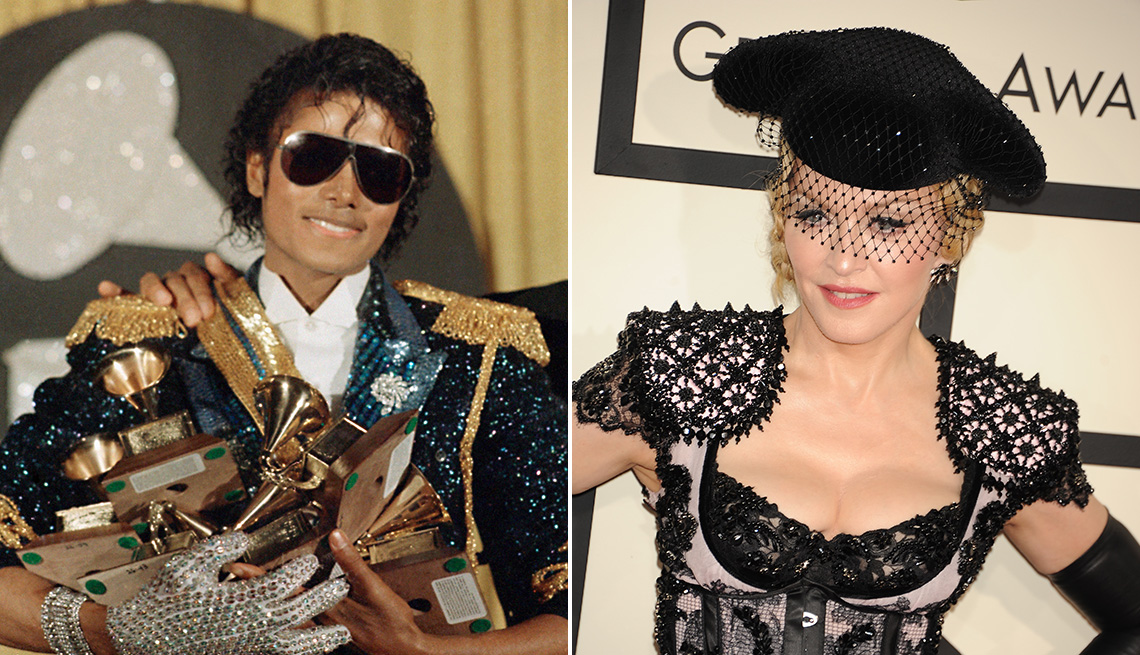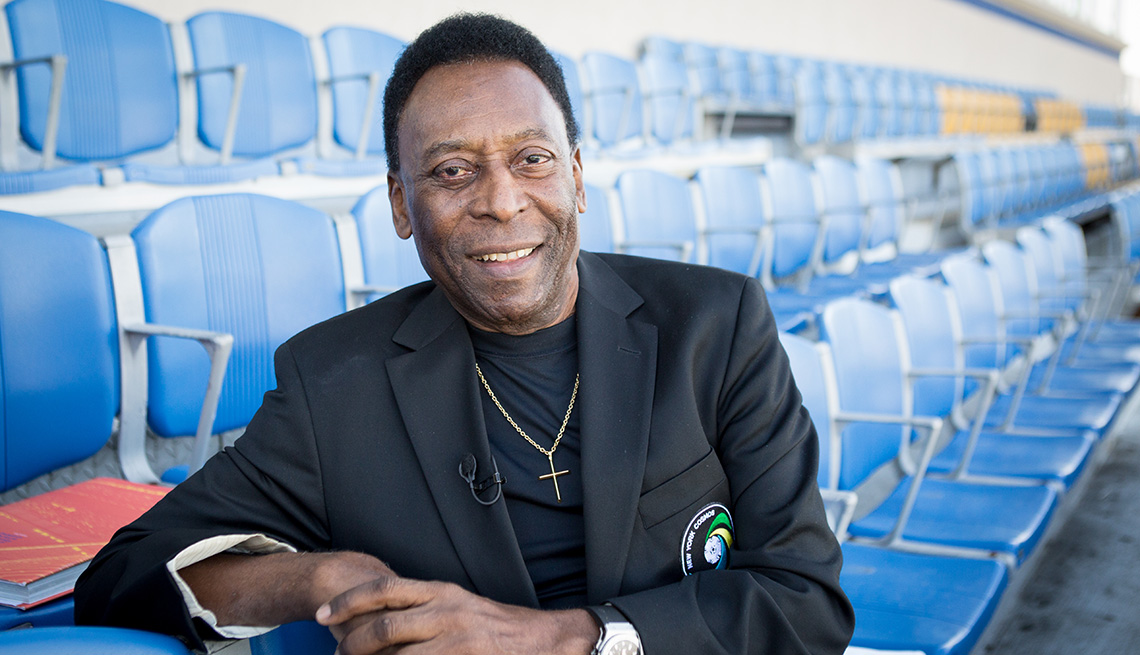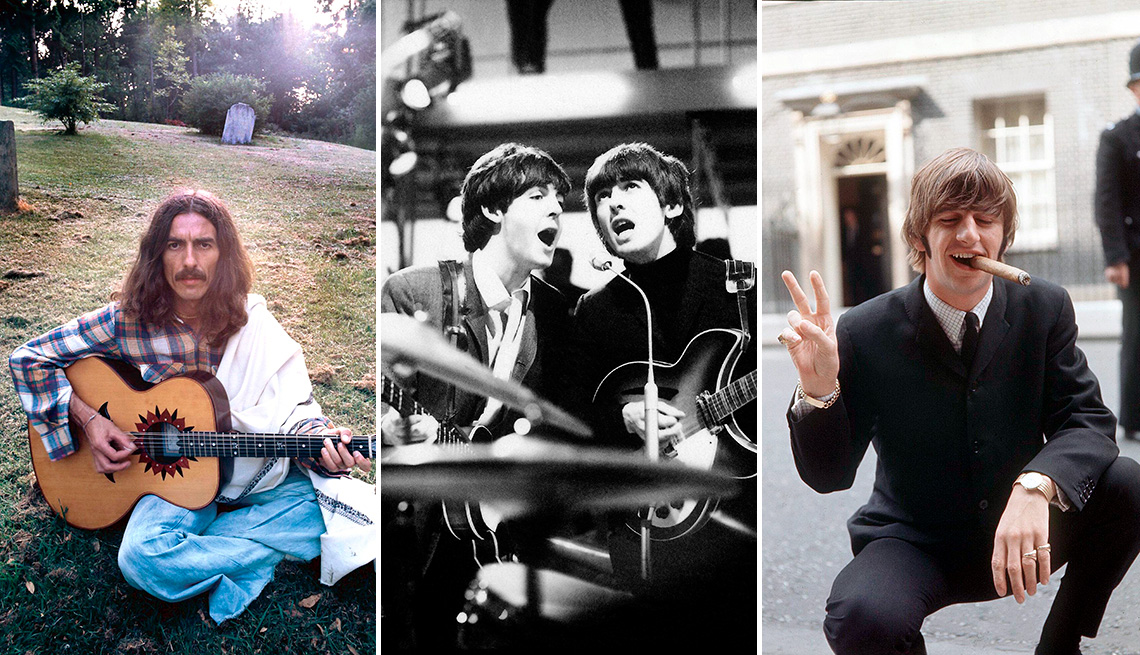AARP Hearing Center
Before Ali and Jordan became one-name sports superheroes, a singularly transformative master of soccer — or football, as he called it — became the world’s greatest sports star of television and media. His name was Pelé, and his passing on Dec. 29 at age 82, after long battles with illnesses including colon cancer, will bring forth a rightful avalanche of accolades.
He was born Edson Arantes do Nascimento in Brazil, so poor his childhood soccer team was called “the shoeless ones,” but to the world, he will always be the great Pelé — wearing that bright yellow shirt stamped with the number 10. Former New York Times sports columnist George Vecsey called Pelé “the Babe Ruth of soccer — only better.”
The Brazilian football king’s death comes on the heels of the 2022 World Cup in Qatar, the international tournament where Pelé first sent what he called “The Beautiful Game” soaring into global fervor.
“He won three World Cups and was universally called the best in his sport,” said Doug Logan, the founding commissioner of Major League Soccer. “He was also football’s greatest ambassador, a gentle, kind and personable soul, a sweet man who worked tirelessly. Some people have 15 minutes of fame, Pelé will have 15 centuries.”


His career spanned nearly two decades with the Brazilian club Santos and the Brazilian national team, where his samba-like style was a miracle of grace and athleticism that personified his homeland but reached far beyond.
Only a handful of other soccer stars even approach Pelé’s stature as the best there ever was. Only the late Diego Maradona, Cristiano Ronaldo and this year’s World Cup star Lionel Messi can enter that conversation.
Besides popularizing soccer around the world, Pelé’s command of the world stage was unparalleled in sport. A civil war in Nigeria was stopped, so he could play an exhibition match. In 1997, Pelé was knighted by Britain's Queen Elizabeth II.
And most famously, when he arrived in the United States for a visit, President Ronald Reagan said, “My name is Ronald Reagan, I’m the president of the United States of America. But you don’t need to introduce yourself because everyone knows who Pelé is.”


“He had that combination of ability, energy and joy,” Vecsey said. “In 1966, he was the most compelling player in the great World Cup won by England. He was young, mobile, powerful, bursting past defenders, smiling as they hacked him down. He was a man made for the visual media world.
“They loved him in Europe, all over the world, in Mexico during the World Cup in 1970 when Brazil’s players were deities. It was his time: the era of the individual in soccer with fewer ‘systems’ and more goals powered by a man with a smile,” he said.
There will never be another Pelé. There doesn’t need to be. His legacy will only grow bigger.




























































































